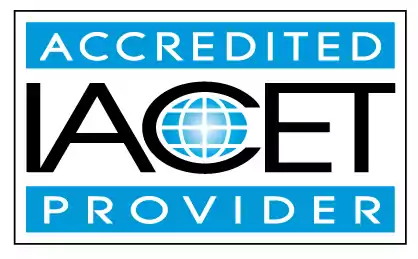Give examples of strategies to prevent traumatic brain injuries in infants and young children.
Prevent traumatic brain injuries in infants and young children through effective strategies. Explore the causes and consequences of traumatic brain injury in this vulnerable age group. Discover valuable information to support early childhood education and child care centers.Trainings incorporating this outcome
CDA Subject Areas
Proficiency Level
Topic Areas
120 hours courses
102 hours courses
45 hours courses
24 hours courses
16 hours courses
10 hours courses
5 hours courses
3 hours courses
2 hours courses
Related Outcomes
- Identify the signs of traumatic brain injury in infants and young children.
- Explain the possible causes and results of traumatic brain injury in infants and young children.
- Give examples of strategies caregivers can use to ensure safe sleeping habits and the prevention of SIDS/SUIDS in infants.
- Give examples of strategies caregivers can teach young children to cope with grief in healthy ways.
- Give examples of strategies for engaging young dual language learners.
- Give examples of strategies to help children resolve conflict amongst themselves.
- Give examples of strategies caregivers can use to prevent biting.
- Define strategies for prevention of obesity in children including the role of the educator and why prevention is important.
- Give examples of new open-ended art techniques to use with children.
- Give examples of appropriate sensory activities for infants and toddlers.
- Give examples of developmentally appropriate musical activities for children.
- Give examples regarding the prevention of illness in child care programs
- Identify common interaction strategies to help promote a positive classroom environment for young children.
- Give examples of ways to collaborate with other professionals involved in the care and education of all children and youth.
- Demonstrate understanding of brain development in young children.
- Give examples of strategies in responding to typical child care situations.
- Apply strategies caregivers can use to ensure safe sleeping habits and the prevention of SIDS in infants
Related Articles
- Traumatic Brain Injuries in Infants and Young Children
- Brain Injury Awareness in Young Children
- Resources and strategies for parents of children with special needs to ensure a successful school year
- Why Safe Sleep Training Matters: Preventing SIDS and Promoting Infant Well-Being
- How to prevent child injury using the course of 1,2,3 eyes on me
- Water Safety for Toddlers and Young Children
- Teaching science to young children
- How to Promote Healthy Eating Habits in Young Children
- Protecting Infants and Preventing Sleep-Related Incidents
- Safe Sleep Training for Infants: Prevent SIDS
- Supporting Social Relationships Among Young Children
- FREE Thanksgiving Lacing Cards: Developing Fine Motor Skills in Young Children
- The Brain-Body Connection in children: Why Your Nervous System Loves a Good Stretch
- Become a super hero for young children
- Injury Prevention Trainings
- Nurturing Kindness: Fostering Prosocial Behavior in Young Children
- Trauma-Sensitive Care: Supporting Young Children with Empathy
- How to Foster a Growth Mindset in Young Children
- Promoting Positive Behavior in Young Children
- Teaching Math to Young Children
 12 CEUs
12 CEUs